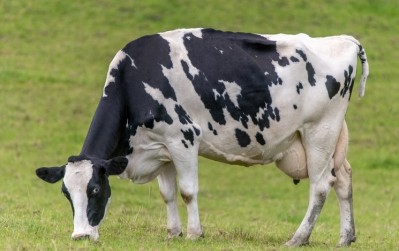An end to vitamin supply disruption in view: BASF

In an announcement released earlier this week [April 3], the German chemical company said it had finished the extensive repair work during the last week of March. It said it is currently filling the plant with the first chemicals.
BASF manufacturing accounts for 45% of the global supply of citral, an essential precursor in the manufacture of vitamin A and E. The fire last autumn saw the company declare force majeure for all its citral and isoprenol based aroma ingredients, and its vitamin A and E production. In parallel with the fire, some vitamin E and A manufacturers in China announced they were experiencing supply chain disruptions, and that they would not be able to assure timely supply of their contracts during the first months of 2018.
The combined events created a huge shortage of those critical feed ingredients globally, with the prices of vitamins A and E sharply increasing as a result.
The fire was caused by a technical equipment failure that was “beyond BASF’s control.” While starting up its citral plant, after a scheduled maintenance shutdown, organic material caught fire. “No one was injured in the fire, which was extinguished shortly after its detection.”
BASF said its teams had been working around the clock since the incident in order to the get the plant functional again.
They had to clean all platforms, drain and flush vessels and pipes in the fire area, as well as install high voltage cables. Where necessary, the teams had also to replace gaskets on equipment.
The vitamin A, E, and carotenoids products, manufactured at the Ludwigshafen site, should be available for shipping some six to 12 weeks after the start-up of the citral plant.
“After initiation of citral production, downstream products need to be manufactured in a step-wise approach.”
Volatility of commodity markets
From November 2017, many suppliers proposed various ‘work around’ strategies to help feed players deal with the price hikes, margin pressures and feed quality concerns arising from the vitamin shortage.
Richard Murphy, director of research, at Alltech’s European HQ, said the incident was a perfect storm in terms of multiple factors causing a bottleneck in supply of critical feed ingredients:
“It shows the volatility of a commodity market like this, where you have only a limited number of precursor manufacturers.”
Producers would need to get back to basics, to look again at premix and diet formulations, in order to manage the reduction in supply of vitamin E, he said.
“They should ensure they are using stable forms of trace element and mineral products; end users need to minimize the impact of magnesium or limestone base mixes, typically included in lactating dairy diets, as they have an impact on the acetates groups, making them liable to oxidation fairly rapidly.
“If you are using an inorganic mineral in that more alkaline premix base mix scenario, that is when you are really going to get quite a loss of vitamin E stability.”
Focusing on the selenium content is also essential, said Murphy.
Trouw Nutrition said its extensive expertise on animal nutrition would be used to support its customers in terms of proposing alternatives to lower the inclusion rates of vitamins A and E where appropriate.













